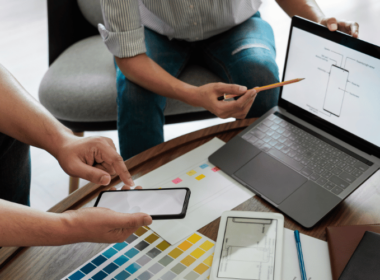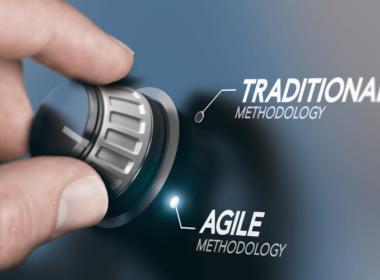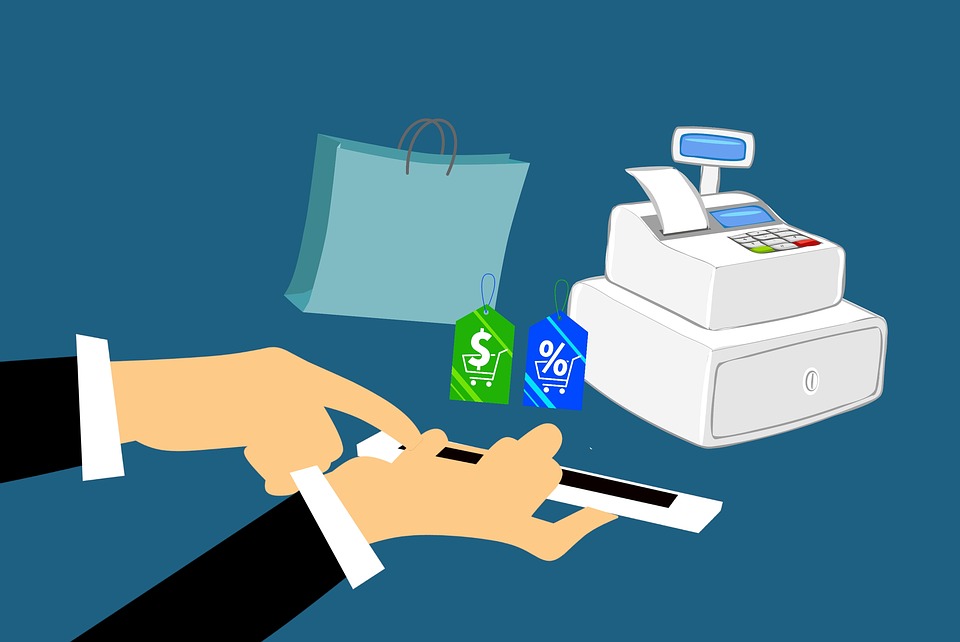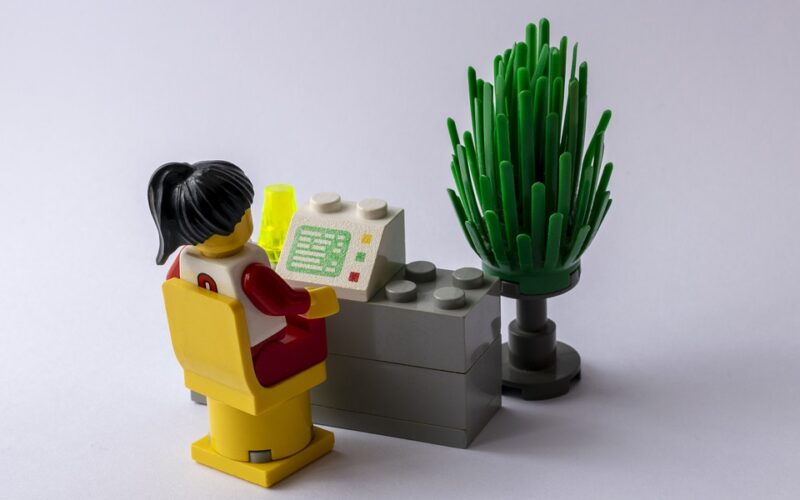Today’s consumers are smart, tech savvy and digitally connected. The factors influencing shopper’s buying decisions and the way consumers shop has significantly evolved with time. This insight focuses on highlighting major retail industry trends 2021.
Simple retail and ecommerce app development wouldn’t be of much help in this ever-informed consumer world. Instead, a winning retail strategy in 2021 would be to factor-in the evolving consumer behavior insights and develop a data-first modern digital retail infrastructure – a world of bricks & clicks!
Retail tech trends 2021

More and more consumers are buying through their phone and laptops. Many are buying through social channels. Some of them wait for mega offers and deep discounts while others just compare alternatives online and order the one that best suits their requirement.
Buy-Online-Pick-In-Store is one of the rising trends in retail tech space. Consumers in The United States, Australia, Japan, China and Germany are already shopping via voice channels. VR/AR shopping is on rise too.
Marketing on the edge leveraging AI, data and iBeacon Technologies is another rising retail trend. In-fact, 70% of retailers in the USA already incorporated iBeacon in their retail mobile app strategy.
The point being emphasised is that the retail industry needs to be on its toe to keep up with the new omni-channel commerce world.
As Kate Moss said,
“You’ve got to stay ahead of the game to be able to stay in it.”
Winning Retail Strategy For 2021
Tomorrow’s retail leaders are going to be those who would be present at every touch-point of the consumer’s buying process.
Future retail leaders would be riding the innovation wave to deliver value and convenience to the end-consumers. They need to do this at a mesmerizing scale and speed with a core focus on delivering amazing customer experiences.
The trends in Retail Tech App Development are getting more forward-looking with each passing day. Solely focusing on your products MAY do the trick but.. it WILL do the trick, we can’t be sure about that. So, brands need to be where consumers are! It further bolsters the survival and success chances.
No, we are not propagating the thought that technology is going to turn-around your business. In-fact, technology is no more a differentiator. Everyone has access to the same technologies.
But yes, data is a differentiator! At-least for now because not everyone has access to the same data.
Also, technology implemented rightly and strategically to harness the right data, the right way could be a game changer. If your data strategy and business implementation is RIGHT, Yes, it can turnaround your business. Of-course, in a good way!
Retail and ecommerce mobile app features have become a massive factor in determining a business’s success. Those who crack this right and implement effectively in their business can definitely rise to new heights. So, make sure you dedicate a good amount of brainstorming for your retail app features and ecommerce app development.
According to a study by PWC Total Retail Survey conducted in 2017, over 25% of customers make their purchases via phone.
As per Statista, in 2017, owing to retail technology trends, mobile e-commerce sales accounted for about 35% of the e-commerce sales, and by 2021, it will possibly account for 54% of the overall e- commerce sales.
You got the message!
If you are not already on your consumer’s phone, you might be losing on some sales.
A 2016 study by Deloitte says, 56% of the money spent in-store is digitally influenced i.e., customers did some research on digital devices before purchasing products.
While eyeing for attractive features for your retail mobile applications, it is quintessential to get the basics right. Next, we discuss some of the MUST-IMPLEMENT-RIGHT BASIC UI/UX features, attributes and approaches for a modern retail application development.
Rich User Interface & User Experience (UI/UX)
User Interface is one of the most significant aspects concerning retail tech app development. Your ecommerce mobile app is your digital store. It is possibly the first point of interaction for the user with your brand.
While designing the user interface avoid cramming your screen with a plethora of information. Instead, adopt the KISS strategy for UI, Keep It Simple & Straightforward. With the right blend of simplistic and intuitive interface, navigation, branding and minimalistic design you can easily establish your brand authority.
Enabling Seamless Shopping Experience
Digital customers are intent-driven, their attention-span is barely a few seconds. If you don’t feed their intent in a matter of seconds then maybe your app is merely one click away from getting closed and maybe two clicks away from being uninstalled.
We are not scaring you out. In-fact, probably you too would have uninstalled many apps or closed so many websites, just because they failed to match your demand within seconds.
Hiccups in design and experience drive customers away from using any app. A great way to deliver value and addictive experience is center all your strategies around your customers with a focus on speed and convenience.
Speed
Your ecommerce mobile app should be lightweight but lightning fast. The technological stack and cloud services you chose to develop your retail mobile application should be scalable, robust and secure. Your product can only be as good as the tools you use to build it.
So, consult experts before deciding on your retail tech stacks. MERN and MEAN stacks are in trend for building retail web applications. ReactNative & Flutter with Firebase are popular for building powerful and high-performance ecommerce mobile apps.
Speed is all about app load time, navigating within your ecommerce app, ability to search efficiently and smooth checkout. Couple this up with ultra-fast product or service delivery and your brand will be invincible.
Information, Communication & Convenience
From an ecommerce app’s perspective, effective communication would be when your retail mobile application can avail a to z information related to the product. You need to communicate in a way that your end consumers feel convenient with. Keep these pointers in mind while laying the design strategy for your online store application –
- provide DETAILED product information.
For example, if you are selling apparel, present the user with all possible and available clothing related details like colors available, sizes available, washing advice, availability options, discount options, delivery charges, delivery time, seller, brand, customer review, return policies, alternative options and everything which could influence their purchase.
This is important because imagine you try to book a product go to the delivery page and then find that the particular color or size you chose is unavailable.
- do not be DATA hungry, instead be strategic
Many ecommerce stores ask consumers to sign-in as soon as they land up on the site. Consumers are smart these days. They don’t want you to own their data unless they trust you. So, before you have established a trustworthy image for yourself, don’t go greedy after their data. Focus on delivering value and frictionless experience. Consumers will automatically log in and engage when they find a good value proposition from your ecommerce application.
- frictionless CHECKOUT
Let user be in control of the application i.e., the ecommerce mobile app should be developed as a DIY approach. Where you do have a recommended interface and shopping points but also provide the user with the ability to customize or use the app as per his or her convenience.
How do you implement this? By providing loads of structured navigation options, search control features, cart features and payment options. For example, provide the user with as extensive search filters as possible. If you are a marketplace, make search a niche focused element. Same search attributes for grocery, electronics and apparel wouldn’t be as effective as separate search filters.
Similarly, avail a range of payment options for shoppers to checkout. Make sure you have local popular digital payment players integrated in the platform.
Highlight value proposition at every possible place including the final checkout, like discount coupons & sale offers etc.,
Personalisation, Engagement & Trust
Leverage Data, AI-ML, IoT and Blockchain to deliver convenience, drive engagement and win customer trust & confidence.
Using IoT sensors (iBeacon), location tracking etc., you can try marketing on the edge. Blockchain could be utilized for product provenance and secure payment options. AR/VR could enable buyers to virtually try products and experience it. Possibilities are limitless and vary from one enterprise to another. Consult our retail experts to better evaluate which technologies your retail enterprise should be betting on.
Consulting firm McKinsey says, mobile internet, automation, cloud, IoT will be influencing economy worth $10 Trillion by 2025.
Retail companies can automate as well as personalize their marketing campaigns and loyalty programs by leveraging data analytics and machine learning technologies. Data harvesting, machine learning or analytics is not that expensive anymore. It’s quite affordable by using open-source technologies like tensorflow, keras and competitive platforms like google cloud engine’s AI-platform, Amazon’s AWS SageMaker and Microsoft’s Azure platform.
Lastly, it is important to re-target the customers and keep them engaged via e-mails, push notifications, community driven engagement & events, loyalty programs etcetera. Technology can seamlessly blend all these strategies into your existing organisational structure and operations.
With mobile devices becoming more affordable and more smart, it is possible to integrate all these hardware savvy technologies seamlessly into your ecommerce application development stack too!
Contact Codewave!
This article was written with the help of guest contributor, Tanya Mishra.
Frequently Asked Questions(FAQs)
1. What are the current trends in the retail industry?
Cashless, contactless, and autonomous shopping and delivery; Metaverse Shopping; Augmented reality (AR); Visual search; In-Store Automation; and Intelligent IoT-led warehouse automation are some key trends for the retail industry.
2. What technologies are being adopted by retailers to stay competitive in the current market?
To stay competitive in the current market, leading retailers are tapping into e-commerce platforms to reach a wider customer base, utilise Point-of-Sale (POS) systems to streamline sales and inventory management, availing mobile payments for ease of payment, delivering an omnichannel retail experience with Beacon, AI, ML, Data across channels.
3. How are retailers using data and analytics to personalize the shopping experience for customers?
Retailers are using data and analytics to personalize the shopping experience for customers by collecting and analyzing data on customers’ browsing and purchase history, preferences, and demographics. They use this information to create targeted marketing campaigns, personalized product recommendations, and even in-store experiences tailored to individual customers. For example, by analyzing purchase history, retailers can identify which products customers are most interested in, and use this information to create personalized product recommendations or to highlight relevant products on their website or in-store. Additionally, they use demographic data to segment their customer base and create tailored promotions and offers that are likely to resonate with specific groups of customers.
4. How are emerging technologies such as AR and VR impacting the retail industry and changing the way consumers shop?
Emerging technologies such as AR and VR are impacting the retail industry by providing new and immersive ways for customers to engage with products and brands. Retailers are using AR to enhance the in-store shopping experience by providing customers with interactive product displays and virtual try-on features, while VR is being used for virtual product demonstrations and virtual store tours. This allows retailers to create a more engaging and memorable shopping experience that can lead to increased sales and customer loyalty.








